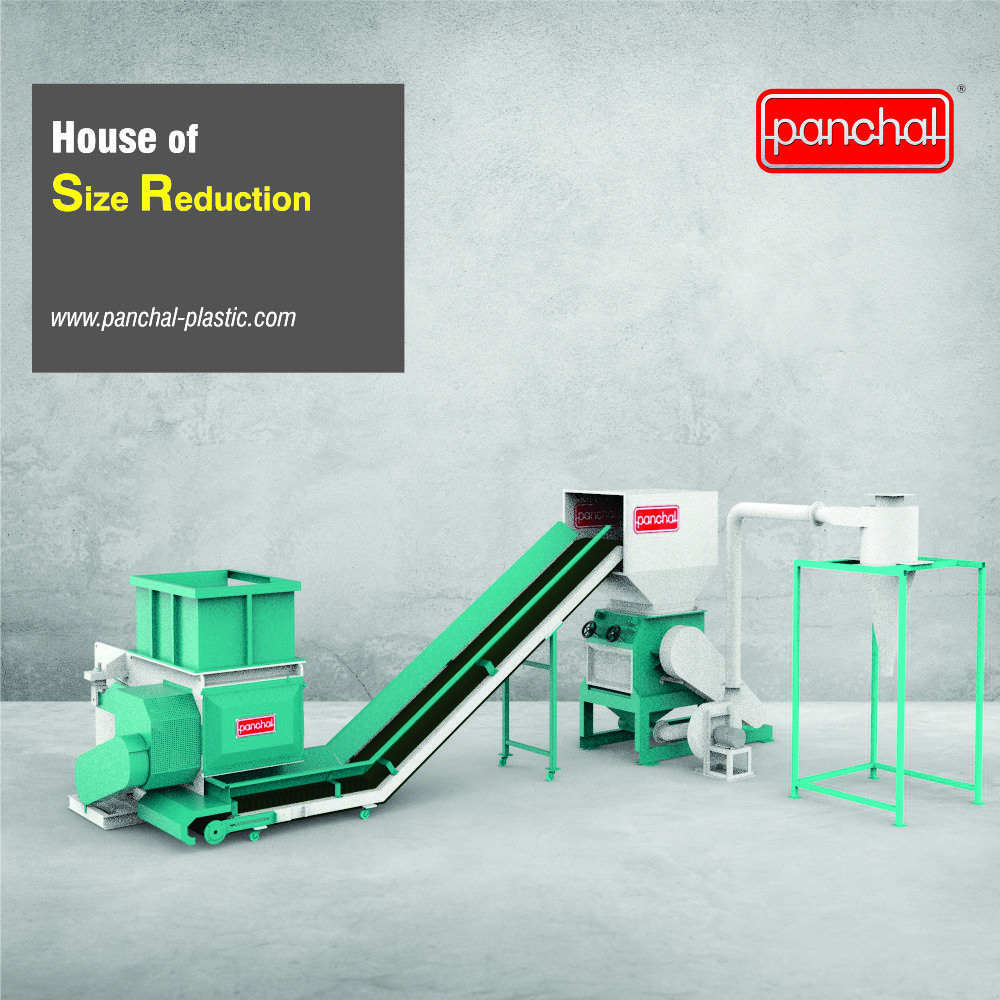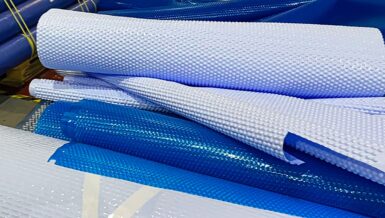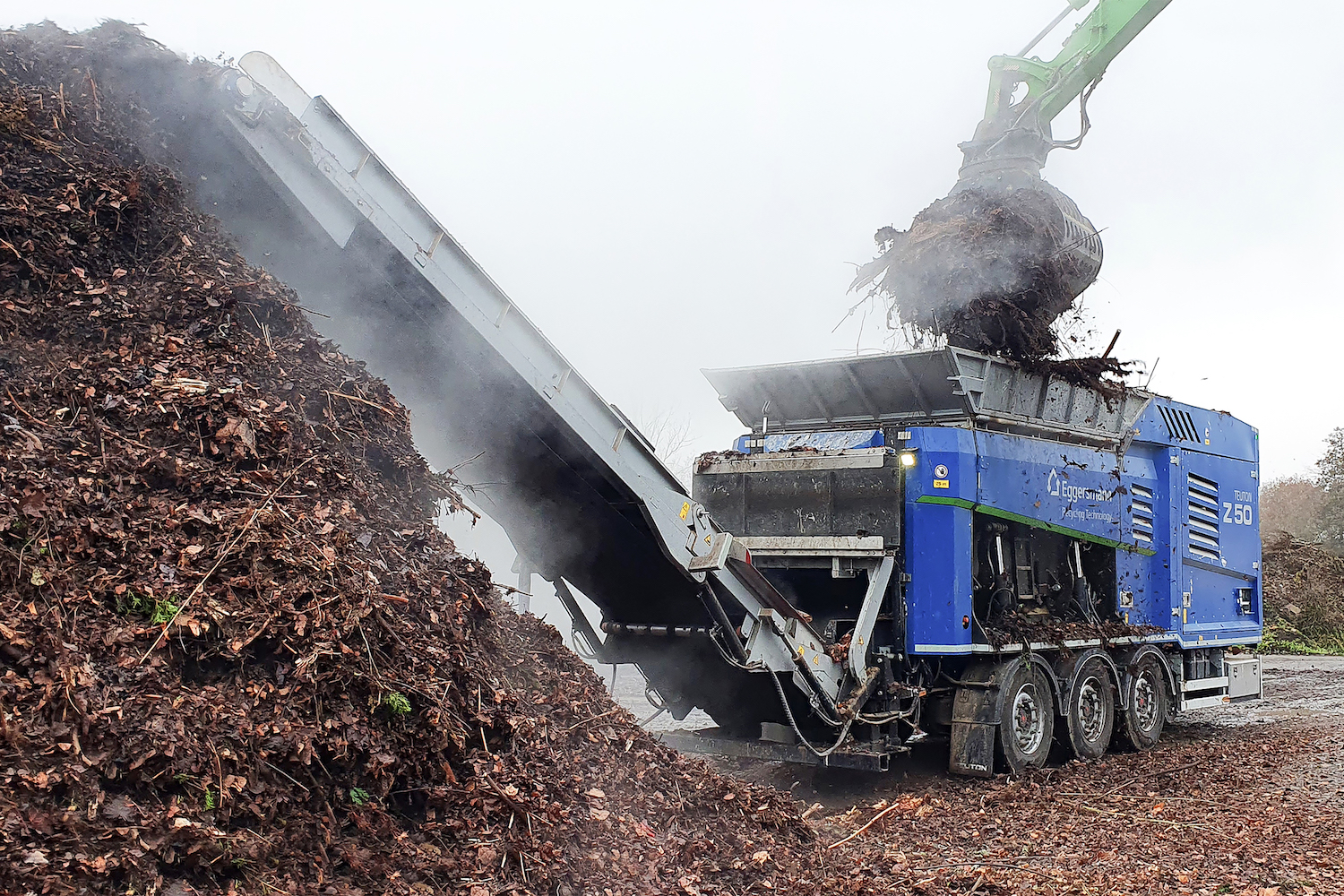The quickest and easiest answers are to increase the air pressure on the discharge cone and slow down the screw speed.
More air pressure on the discharge means that the press must work harder, and squeeze tighter, to get the press cake out past the discharge spout. The disadvantage can be reduced throughput capacity (kilos per hour), more fines in the press liquor, or even increased abrasive wear.
Setting a lower screw rpm with the VFD which drives the press results in material going slower through the press. This lets it spend more time in the screened portion of the press, so there is more time for the liquid to drain out.
A third effective way to make drier press cake is to pre-thicken the flow ahead of the inlet to the press. This can be done with a variety of methods: static screens, drum screens, draining conveyors, gravity tables, belt presses, and our own Fiber Filter. Just about any dilute flow with less that 3% consistency will need to be thickened. The advantage of prethickening is that throughput capacity is not lost. In fact it may go up.
We recently improved moisture removal on a digester effluent press by extending the discharge spout by 2″. This modification resulted in a thicker “plug” of press cake at the end of the press. Motor loading went up from 63% to 74%, and moisture content dropped below the normal 70%.
There are times when we equip our presses for steam injection. Blanching a material with steam unfolds organic molecules so that water is freed up. This has been covered in earlier Pressing News articles.
Some materials require a tight screw-to-screen clearance for the liquid to be drained effectively. That is seen most of all when materials are being pressed which tend to lay on the inside surface of the screen, blinding it. A tight screw-to-screen tolerance allows the flights of the screw to pass close enough to the screen to wipe it clear and open.
There are two common ways to tighten up the screw-to-screen clearance. The easiest is to remove any shims which may have been used to position the screen out, further away from the screw. The other is to restore the screw, assuming it has worn down, back to its original diameter. Additionally, notching the outer edge of the screw flights, allowing the notches to fill with fiber, can improve the wiping effectiveness.
Sometimes we have the wrong screen in the press. If it is a wedgewire screen, maybe the slots are too narrow, and the screen is being blinded by fiber in the material being pressed. In the case of a perforated screen, counterintuitive logic comes into play: there are a few materials, like grapes and fruit pomace, which will drain from a screen with smaller diameter holes better than they will from a screen with larger holes. This is true even though our perf screens all have about the same 12% net open area.
Sometimes we have the wrong screw in the press. It could be that more liquid will be drained from the material if the shaft of the screw is configured with a conical shape. This pushes material outward, against the screen, as it passes through the press. If the screw shaft already has a conical configuration, a steeper angle, with a greater reduction of open cross-sectional area, can be effective. The disadvantage of the tapered shaft is that it can reduce the throughput capacity of the press.
Sometimes we have the wrong screw press. Especially with our rental fleet, we may find out that we need a bigger screw press. Other times we need a press with a longer screw and screen. Technically speaking, we need a longer L over D: Length of the screen divided by the Diameter of the screw. Easy draining materials with a lot of free water, like dairy manure, do fine with a short L/D of 3:1, while slow draining biological sludges may need a longer L/D than any press which Vincent offers.
A big value add which Vincent brings to the table is our free testing. This allows the customer to see what can be achieved before renting or purchasing a screw press.

























